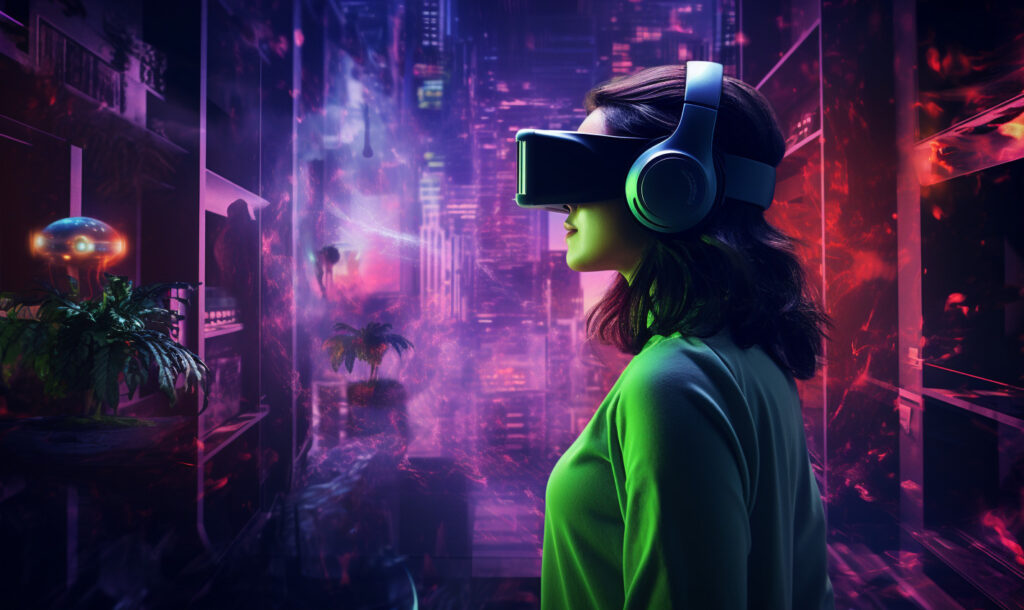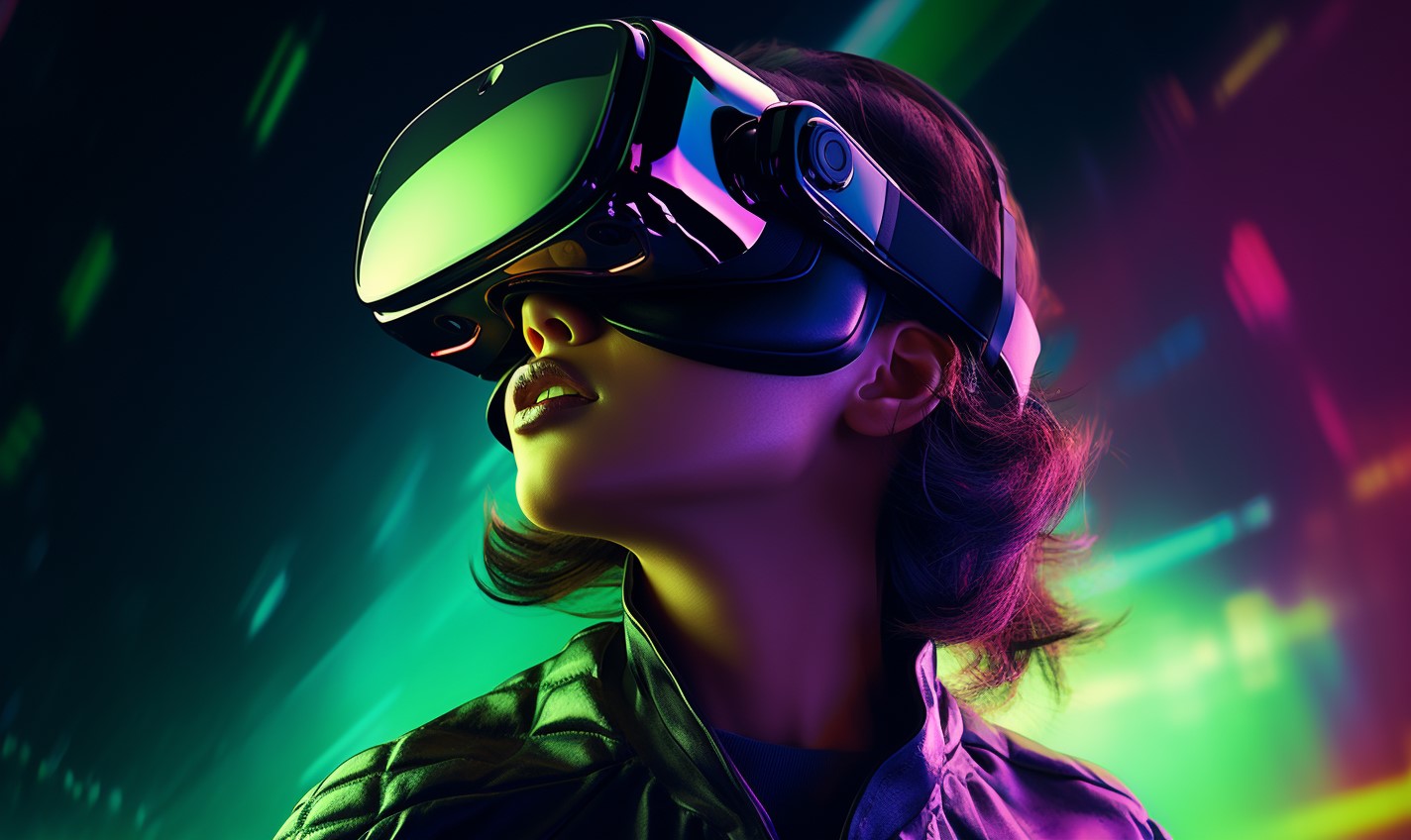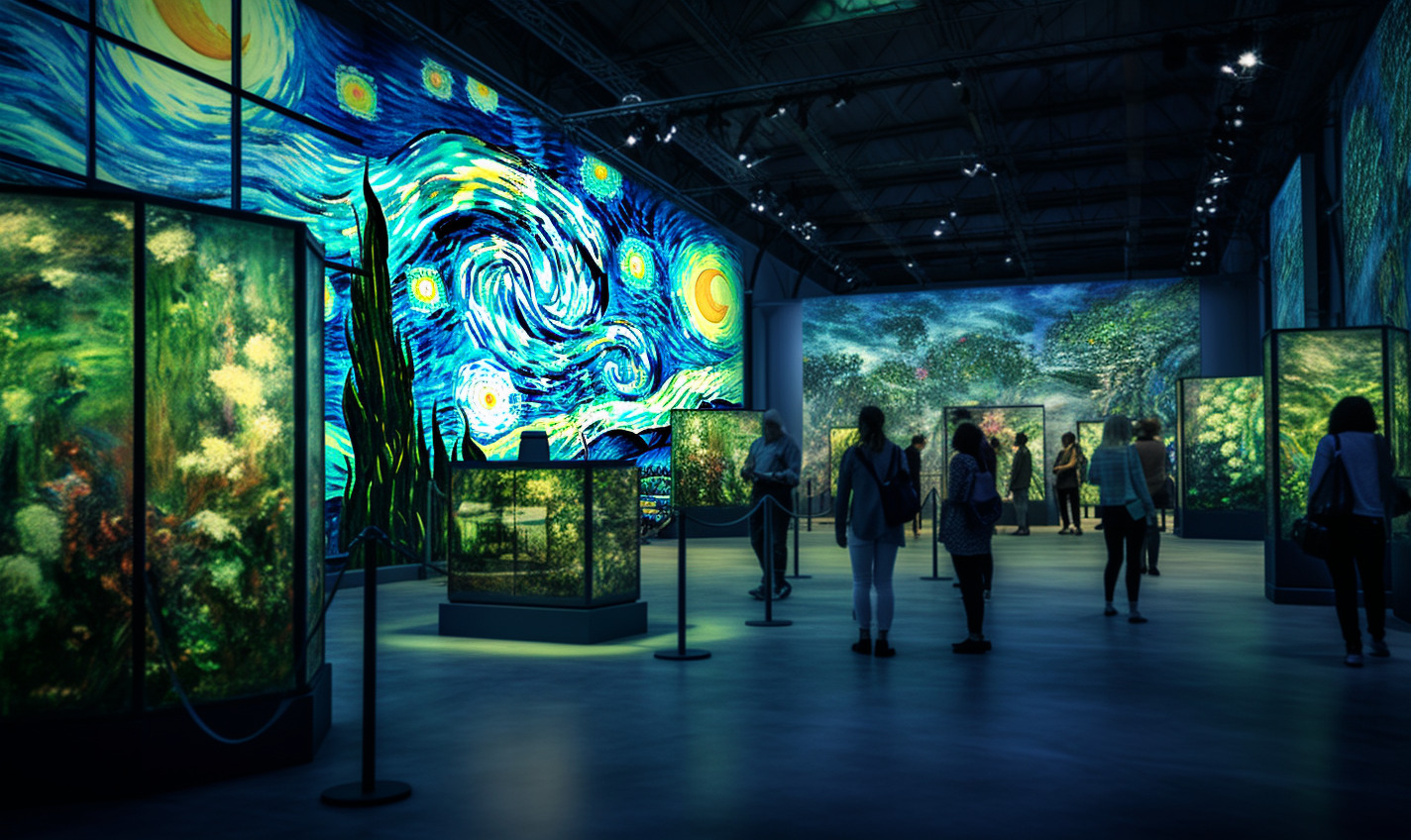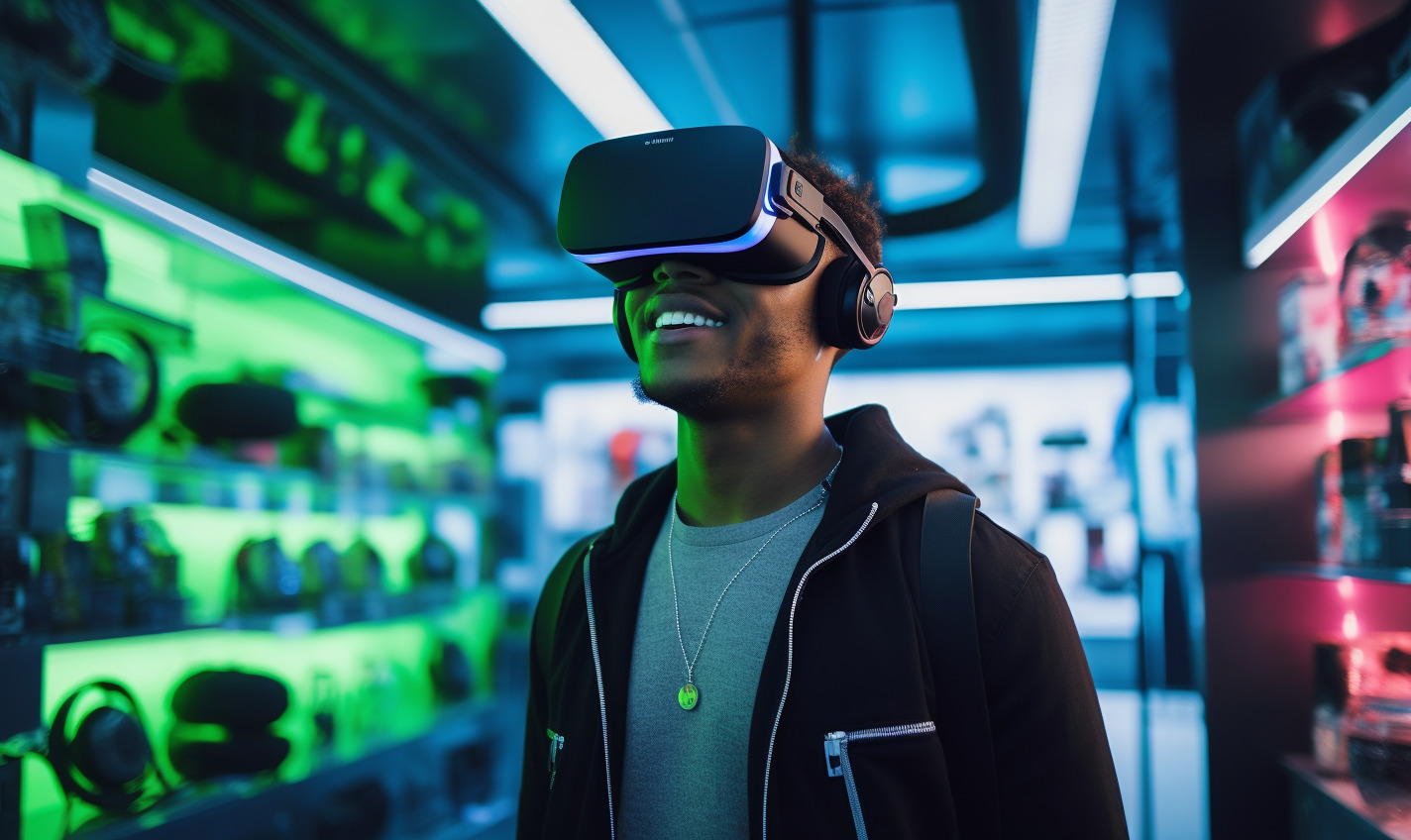Technology today moves so fast that it can be hard to keep track of it all. You’re probably familiar with virtual reality (VR), but it may not be clear how augmented reality (AR) and mixed reality (MR) are different.
These three technologies have a lot in common, but they’re all distinct innovations with different applications. As all three become increasingly common in both work and leisure, it helps to know the difference. Here’s a closer look at virtual, augmented and mixed reality.
What Is Virtual Reality?
Virtual reality is probably the most familiar of the three simulated reality technologies. VR provides a fully immersive virtual world that replaces reality, at least in how you see and hear it. The most iconic example is video game headsets like the Oculus Quest, HTC Vive, or even the newly-released Apple Vision Pro.
Consumer applications like gaming are by far the largest VR sector, accounting for 53% of the market, but they’re not the only way to use VR. These headsets have become increasingly popular in real estate, where agents use them to give immersive, virtual tours of houses that may still be under construction. Some hospitals also use it to train surgeons before operating on actual patients.
What Is Augmented Reality?
While VR replaces your view of the real world with a virtual one, augmented reality combines the two. AR places virtual elements like text or digital images over how we see the real world. Whenever you use a Snapchat filter or play “Pokemon Go,” you’re using AR.
Smartphones provide a convenient way to use AR services, but you can find it in other technologies like smart glasses, too. Options like Google Glass haven’t quite caught on with the general public, but some construction companies use them for training workers. A few theaters have started using AR glasses to provide real-time subtitles for audience members with hearing disabilities.
What Is Mixed Reality?
Mixed reality is the newest and perhaps least familiar of these technologies. Like AR, MR overlays virtual elements over a real environment, but it goes a step further by letting these elements interact with the real world.
For example, engineers could use MR to design structures by working with interactive holograms. They would anchor to and interact with actual objects, like turning red when a door opens that would hit it.
Similarly, NASA used Microsoft’s MR headset, the HoloLens, when building the Orion spacecraft. Holograms showed workers where and how to assemble some pieces, using MR technology to recognize and anchor to real-world objects. This same tech could one day provide immersive tabletop gaming experiences mixed with virtual elements.
Simulated Reality Technologies Are Expanding
Not long ago, virtual reality was the only simulation tech around. Now, we have AR and MR. As each of these technologies continues to grow, new use cases, examples and capabilities will emerge.
VR, AR and MR are relatively new but are already becoming everyday technologies. Understanding their differences now can help you better prepare for the future.
Recent Stories
Follow Us On
Get the latest tech stories and news in seconds!
Sign up for our newsletter below to receive updates about technology trends














